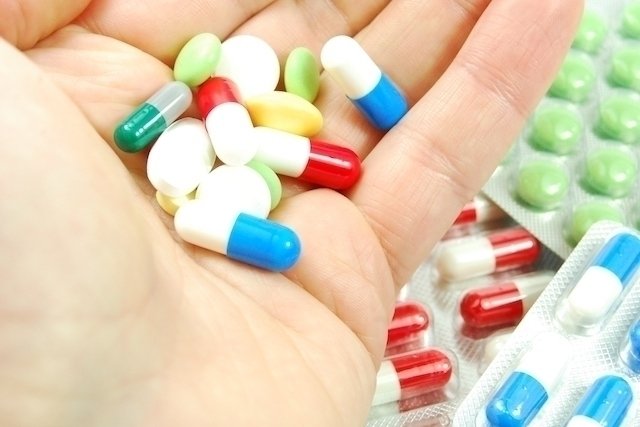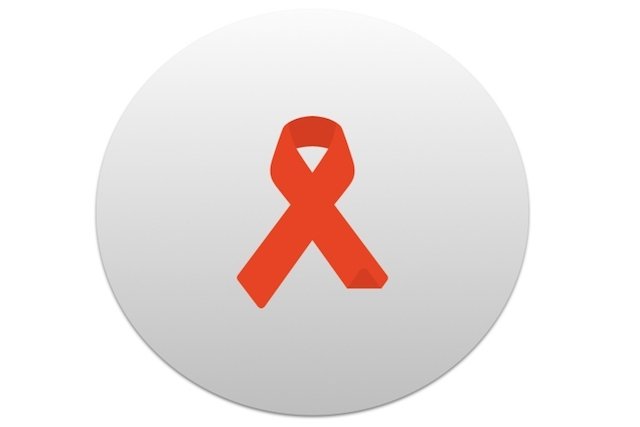HIV treatment is carried out with antiretroviral drugs, such as lamivudine, tenofovir, dolutegravir and efavirenz, which are provided free of charge by the SUS and must be taken according to the doctor’s instructions.
Whenever possible, treatment should be started as soon as the HIV diagnosis is confirmed and, when done correctly, it prevents the virus from multiplying in the body, favoring the recovery of the immune system.
In case of HIV/AIDS, it is important to consult an infectious disease specialist, who can recommend the most appropriate medications for each case. Although HIV has no cure, it is possible to reduce the impact of the infection on a person’s life through treatment.

When to start HIV/AIDS treatment
Treatment for HIV infection must be started as soon as the diagnosis is confirmed, which is done through specific blood tests, and guided by an infectious disease specialist, who is the doctor best suited to treat the infection. See how HIV is diagnosed.
Furthermore, treatment for HIV should be started as soon as possible in pregnant women and people with a CD4 T lymphocyte count of less than 350/mm³ of blood, hepatitis B or tuberculosis, for example, to reduce the risk of complications and progression of the disease. illness.
Even in more advanced stages, starting treatment with antiretrovirals is indicated and can reduce the severity of HIV and favor the treatment of diseases, such as fungal pneumonia, tuberculosis and esophageal candidiasis, which can arise due to the fragility of the immune system.
If you want to make an appointment, you can find the infectious disease specialist closest to you using the tool below:
Taking care of your health has never been easier!
How the treatment is carried out
HIV/AIDS is treated using a combination of antiretroviral medications, such as lamivudine, tenofovir and dolutegravir, which are offered by the SUS and can prevent the virus from multiplying and prevent the weakening of the immune system.
Furthermore, nutrition is also very important because it prevents chronic diseases, strengthens the immune system and also helps combat the side effects of antiretroviral therapy. See what to eat to help treat AIDS.
During treatment, the HIV test, which is available free of charge from the SUS, is repeated regularly to monitor the viral load and evaluate the response to medications. These tests are generally performed at least 3 times a year.
When treatment is carried out correctly, it reduces a person’s chance of developing diseases that may be related to AIDS, such as tuberculosis, cryptosporidiosis, aspergillosis, skin diseases and heart problems.
HIV medicines
The most recommended medications for HIV include:
- Lamivudine;
- Tenofovir;
- Dolutegravir;
- Efavirenz;
- Ritonavir;
- Nevirapina;
- Zidovudine;
- Raltegravir.
These medications, also called antiretrovirals, act at different stages of the virus entering the cell and multiplying. Therefore, the doctor usually recommends a combination of medications, which may vary according to the viral load, the person’s health status and side effects.
It is important to carry out the treatment according to the doctor’s instructions and continue taking the medications even if the viral load remains undetectable to prevent the virus from developing resistance to the treatment and multiplying again.
Main side effects
The main side effects of HIV medications include:
- Nausea and vomiting;
- Discomfort;
- Loss of appetite;
- Pain in the head, abdomen and/or joints;
- Diarrhea;
- Redness and/or itching of the skin;
- Decrease in body fat.
These symptoms are more common at the beginning of treatment and tend to disappear over time. However, whenever they appear, you should inform your doctor, because it is possible to reduce their intensity by changing the medication for another or adjusting its dose.
When to go back to the doctor
After the first week of treatment, the patient must return to the doctor to check reactions to the medications and, after this visit, they must return for consultation once a month.
When the multiplication of the virus is controlled, the patient should return to the doctor every 6 months, undergoing exams every six months or every year, depending on their health status.
Learn more about AIDS in the following video:
Bibliography
- CDC. HIV Treatment. Available at: <https://www.cdc.gov/hiv/basics/livingwithhiv/treatment.html>. Accessed on 19 Jul 2023
- MINISTRY OF HEALTH. Technical Manual for the Diagnosis of HIV Infection in Adults and Children. 2018. Available at: <https://www.gov.br/aids/pt-br/centrais-de-conteudo/publicacoes/2018/manual_tecnico_hiv_27_11_2018_web.pdf/view>. Accessed on 19 Jul 2023
- GOLDSCHMIDT, Ronald; CHU, Carolyn. HIV Infection in Adults: Initial Management. Am Fam Physician. Vol.103, n.7. 407-416, 2021
- MINISTRY OF HEALTH. Clinical Protocol and Therapeutic Guidelines for Management of HIV Infection in Adults. 2018. Available at: <https://www.gov.br/aids/pt-br/centrais-de-conteudo/pcdts/2013/hiv-aids/pcdt_manejo_adulto_12_2018_web.pdf/view>. Accessed on 19 Jul 2023
- STATPEARLS. HIV Disease Current Practice. 2022. Available at: <https://www.ncbi.nlm.nih.gov/books/NBK534860/>. Accessed on 19 Jul 2023
- MINISTRY OF HEALTH. Aids / HIV: what it is, causes, symptoms, diagnosis, treatment and prevention. Available at: <http://www.saude.gov.br/saude-de-az/aids-hiv#tratamento>. Accessed on January 6, 2020
- MINISTRY OF HEALTH. HIV treatment. Available at: <http://www.aids.gov.br/pt-br/publico-geral/o-que-e-hiv/tratamento-para-o-hiv>. Accessed on January 6, 2020

Sign up for our newsletter and stay up to date with exclusive news
that can transform your routine!
Warning: Undefined array key "title" in /home/storelat/public_html/wp-content/plugins/link-whisper-premium/templates/frontend/related-posts.php on line 12
Warning: Undefined array key "title_tag" in /home/storelat/public_html/wp-content/plugins/link-whisper-premium/templates/frontend/related-posts.php on line 13





